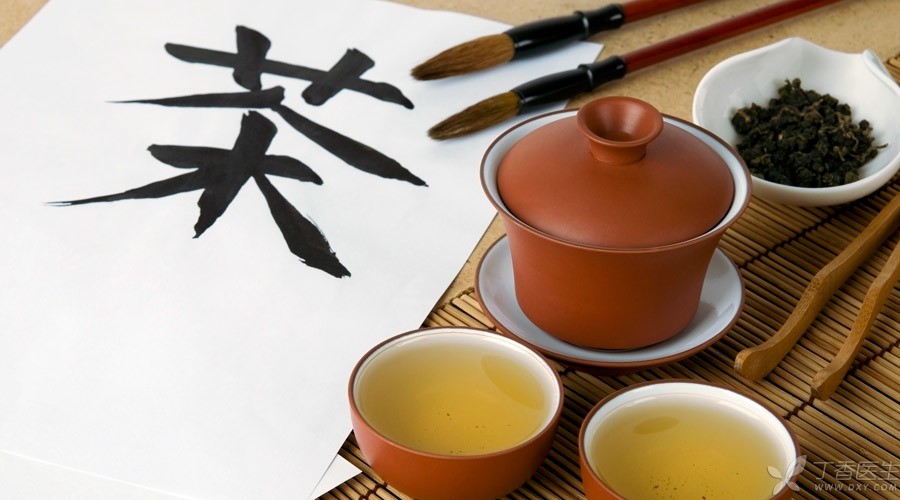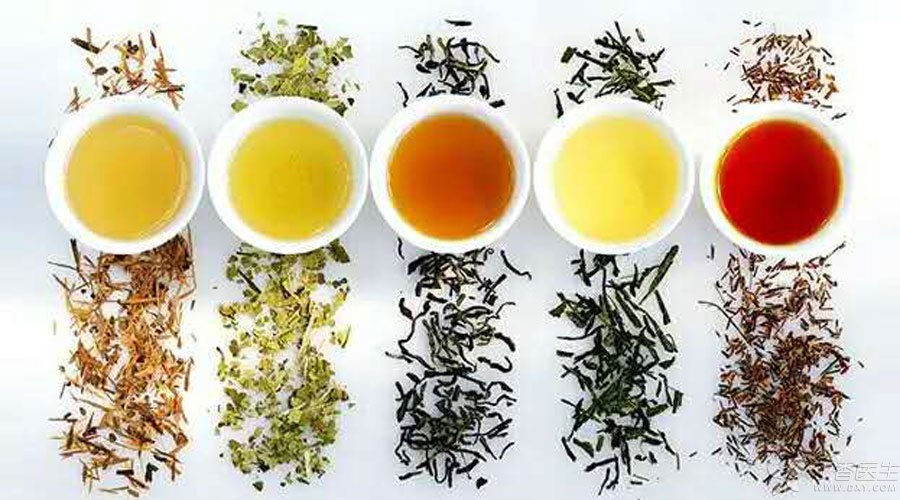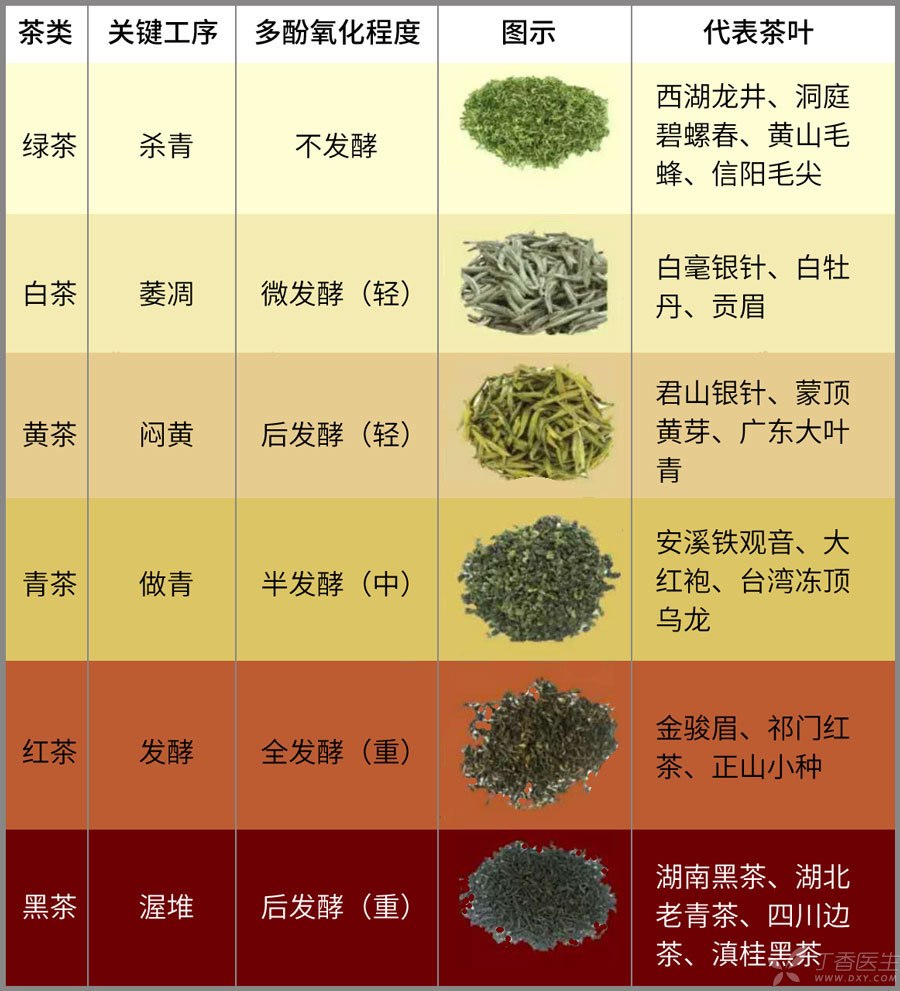
Life is like tea, and tasting tea is like tasting life. A cup of clear tea pays a bosom friend.
Many friends love drinking tea, and some even regard tea tasting as a part of their lives. The choice of water, tea sets and environment has been asked by universities. However, this is not Dr. Clove’s specialty. Dr. Clove pays more attention to the health problems of tea.
Before talking about health issues, we must first know how tea is classified. In the eyes of many people, tea soup is red and black tea, and tea soup is green and green tea. In fact, this is wrong.
Tea is not only black tea, but also green tea.
Tea is a drink made from the tender leaves and buds of the tea tree.
According to the oxidation degree and oxidation time of tea polyphenols, the primary tea can be divided into six categories: green tea, yellow tea, black tea, green tea, white tea and black tea.
Black tea has the highest oxidation degree of tea polyphenols, which is fully fermented tea. Green tea has the lowest oxidation degree of tea polyphenols, which is non-fermented tea. However, the fermentation degree of the other four types of crude tea is between black tea and green tea.
Black tea, white tea and green tea are all fermented by polyphenol oxidase in tea, while black tea and yellow tea are post-fermented tea after passivation of tea polyphenol oxidase at high temperature and then non-enzymatic oxidation reaction.

Tea is not classified according to tea variety and color.
The classification of tea leaves is based on the production process and the oxidation degree of tea polyphenols, not the color of tea leaves or tea soup. For example, although Anji white tea in Zhejiang is white, it belongs to green tea without fermentation.
The basis for classification is not tea tree varieties either. Tea picked from the same tea tree variety can be made into different kinds of tea. For example, the raw materials of Longjing tea can also be made into black tea.
Only different tea varieties, different polyphenols and theanine content and other components determine the suitability of tea. For example, varieties with high amino acid content have good fresh and cool taste and are more suitable for making green tea. Varieties with high tea polyphenol content can be converted into polyphenol derivatives to make tea appear red.

Have you distinguished all these tea leaves?
1. Pu’er tea
Pu’er raw tea belongs to green tea and Pu’er ripe tea belongs to black tea.
2. Oolong tea
Oolong tea is equal to green tea and is one of the six major types of tea. Anxi Tieguanyin, Wuyi Rock Tea and Taiwan Frozen Top Oolong are all oolong tea.
3. Dahongpao
Dahongpao is not black tea, but green tea (oolong tea).
4. Anji White Tea
Anji white tea is not white tea, but green tea.
5. Matcha
Matcha tea belongs to green tea, but it is not ordinary green tea. Matcha tea is covered with steamed green tea ground powder.
There are three key processes in making matcha tea: covering, steaming green and grinding into micro-powder. [covering] refers to covering the tea trees for a certain period of time before picking the tea leaves. [steaming green] refers to the way of boiling and steaming with hot air. Steaming green is faster than frying green, so steaming green matcha tea is greener than frying green tea and has a faint seaweed flavor.
